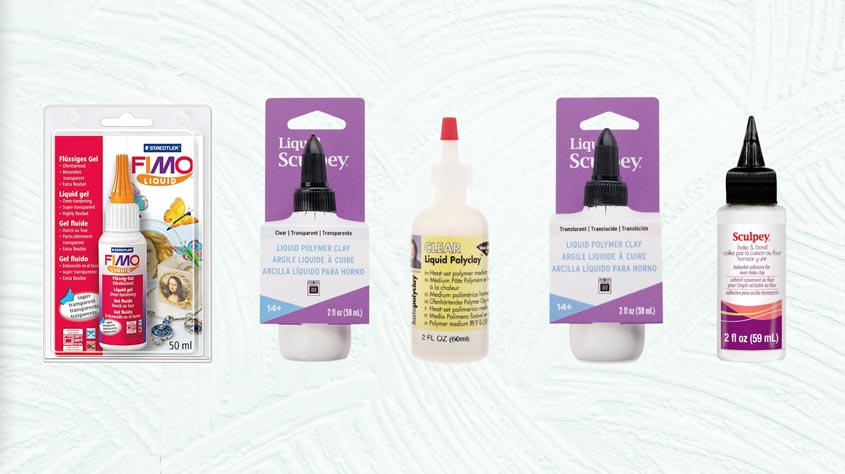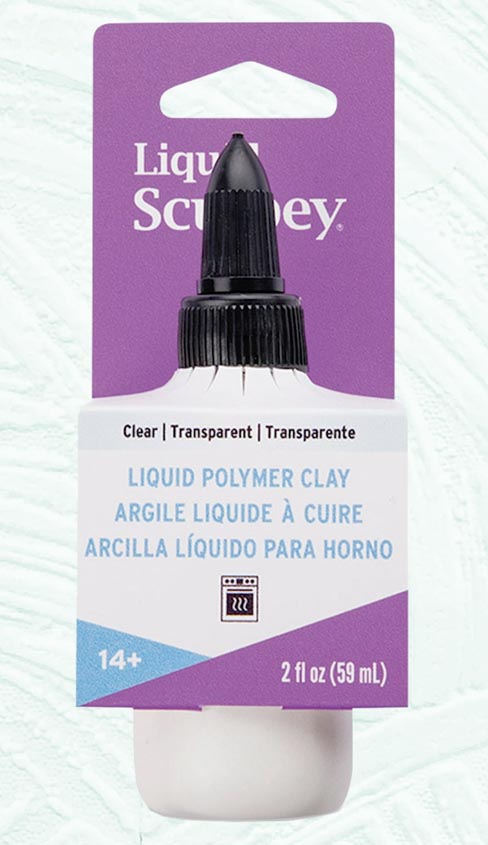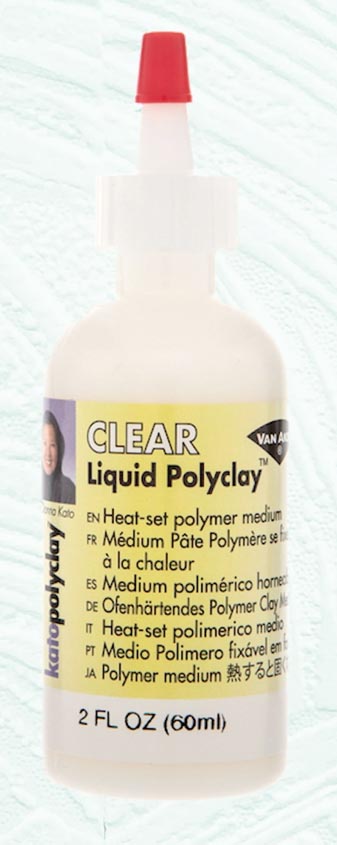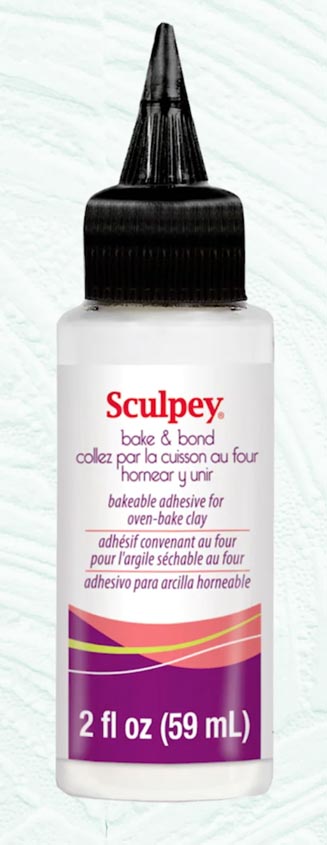Did you know you can protect your work surface for less than $2 with a trip to your local hardware store? A glazed ceramic tile with a smooth or matte surface is the best work and baking surface. The reason why you want to protect your work surface is because the plasticizers in polymer clay can leech out and damage some surfaces like wood and some plastics.
You may continue reading, but if you’re like me who prefers to listen and see, you can watch in video format:
Benefits of Ceramic Tile
- Most glazed ceramic tiles are completely smooth, so it won’t leave textures in your clay. You can also find smooth matte tiles and it’s advantageous to have both.
- Clay sticks to glossy surfaces, and you can use that to your advantage in projects where you need the clay to stay put, then easily lift the clay up with scraper.
- Matte ceramic is less sticky and can be handy when caning or molding clay and don’t want it to stick to the surface you’re working on.
- They are stable work surfaces that don’t bunch up when trying to roll your clay and won’t slip around.
- They are scratch resistant which is super helpful when using your xacto knife or blades to cut the clay.
- Ceramic tiles are mobile and can be easily moved around, which makes it a breeze to switch from different projects at different stages and clear out your desk if you need to take a break from working or do something else.
- They are convenient: you can just pop them into the oven when you’re done with the clay.
- It’s the best baking surface because ceramic retains and allow the heat to distribute evenly across the surface which is an indispensable tool when dealing with ovens prone to temperature fluctuations.
- Keep in mind that the side touching a glossy surface will bake shiny, so if you don’t want that you can put parchment paper underneath for a more matte finish.
When starting out with polymer clay, you can use a glossy ceramic when you want the clay to stick to the surface and switch over to a piece of parchment paper or matte ceramic when you don’t need the clay to stick.
Where to get Ceramic Tiles
You can get them at your local hardware store!
- I use wall tiles from Lowes: an 8 x 16 and a several of 6 x 6. The larger one only costs $1.90 and the smaller ones were .80 cents each. Lowes will allow you to buy single pieces, but some stores will not.
- It might save some time to call ahead or ask the sales associate in the area if they can give you an SKU number for purchasing them individually.
- Sometimes in my video you’ll also see me using a large 12 x 23.5 matte ceramic for those bigger projects.
- Don’t use 4 x 4s as they may be too small to work with.
Did you find this helpful? Get notified of new content releases:
Sign up for News or Notifications











